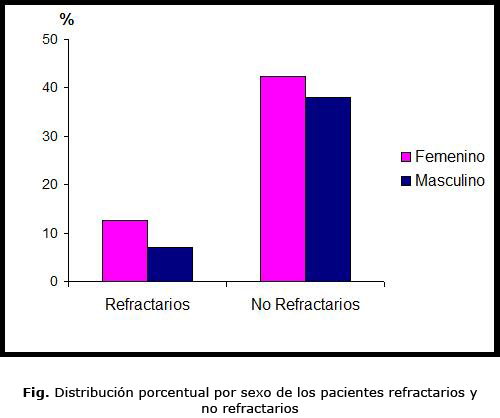Platelet Transfusions Refractoriness in Patients with Oncological Diseases
Abstract
Introduction: the transfusion of platelet concentrates often fails in the platelet increase, called platelet refractoriness, which impairs the hemotherapy.
Objective: to determine the frequency of platelet refractoriness in oncological patients and identify some associated factors.
Methods: a descriptive, analytical and prospective study was carried out in 71 oncological patients who received platelet transfusion at “Vladimir Ilich Lenin” Hospital, since July 2012 until July 2013. Variables such as: packed platelet response, age, sex, location of malignant neoplasm, fever, splenomegaly, hemorrhage, history of previous transfusions, chemotherapy, radiotherapy, presence of HLA , , immune complex were considered.
Results: the frequency of platelet refractoriness was of 19.7 % with 14 identified cases, with a slight prevailing of females and the age between 35 and 59 years in all groups; 35.8 % of refractory patients had oncohematological diseases; 64.3 had fever; whereas lung (19.3 %) and breast (17.5 %) cancer prevailing in non refractoriness individuals. Previous history of platelet transfusion was found in 85.7 % of patients with refractoriness and 50.8 % in the non-refractoriness. High levels of anti-HLA antibodies were found in 64.2 % of refractory patients and only in 29.8% of non-refractoriness patients.
Conclusions: platelet refractoriness is frequent in oncological patients. Fever, history of previous platelet transfusions and high levels of seric anti-HLA antibodies were the most important factors in the refractoriness development.
Keywords: transfusion, refractoriness, platelets.
Downloads

Published
How to Cite
Issue
Section
License
ACCESS AND DISTRIBUTION POLICY
All published articles are open access contributions, which are distributed under the terms of the Creative Commons Attribution-NonCommercial 4.0 License which permits unrestricted non-commercial use, distribution and reproduction in any medium, provided that the primary source of publication is properly cited.



